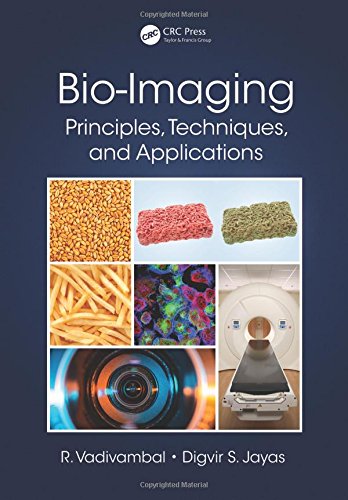

Most ebook files are in PDF format, so you can easily read them using various software such as Foxit Reader or directly on the Google Chrome browser.
Some ebook files are released by publishers in other formats such as .awz, .mobi, .epub, .fb2, etc. You may need to install specific software to read these formats on mobile/PC, such as Calibre.
Please read the tutorial at this link: https://ebookbell.com/faq
We offer FREE conversion to the popular formats you request; however, this may take some time. Therefore, right after payment, please email us, and we will try to provide the service as quickly as possible.
For some exceptional file formats or broken links (if any), please refrain from opening any disputes. Instead, email us first, and we will try to assist within a maximum of 6 hours.
EbookBell Team

4.4
102 reviewsHighlights the Emergence of Image Processing in Food and Agriculture
In addition to uses specifically related to health and other industries, biological imaging is now being used for a variety of applications in food and agriculture. Bio-Imaging: Principles, Techniques, and Applications fully details and outlines the processes of bio-imaging applicable to food and agriculture, and connects other bio-industries, as well as relevant topics. Due to the noncontact and nondestructive nature of the technology, biological imaging uses unaltered samples, and allows for internal quality evaluation and the detection of defects. Compared to conventional methods, biological imaging produces results that are more consistent and reliable, and can ensure quality monitoring for a variety of practices used in food and agriculture industries as well as many other biological industries. The book highlights every imaging technique available along with their components, image acquisition procedures, advantages, and comparisons to other approaches.
Bio-Imaging: Principles, Techniques, and Applications focuses on the imaging techniques for biological materials and the application of biological imaging. This technology, which is quickly becoming a standard practice in agriculture and food-related industries, can aid in enhanced process efficiency, quality assurance, and food safety management overall.